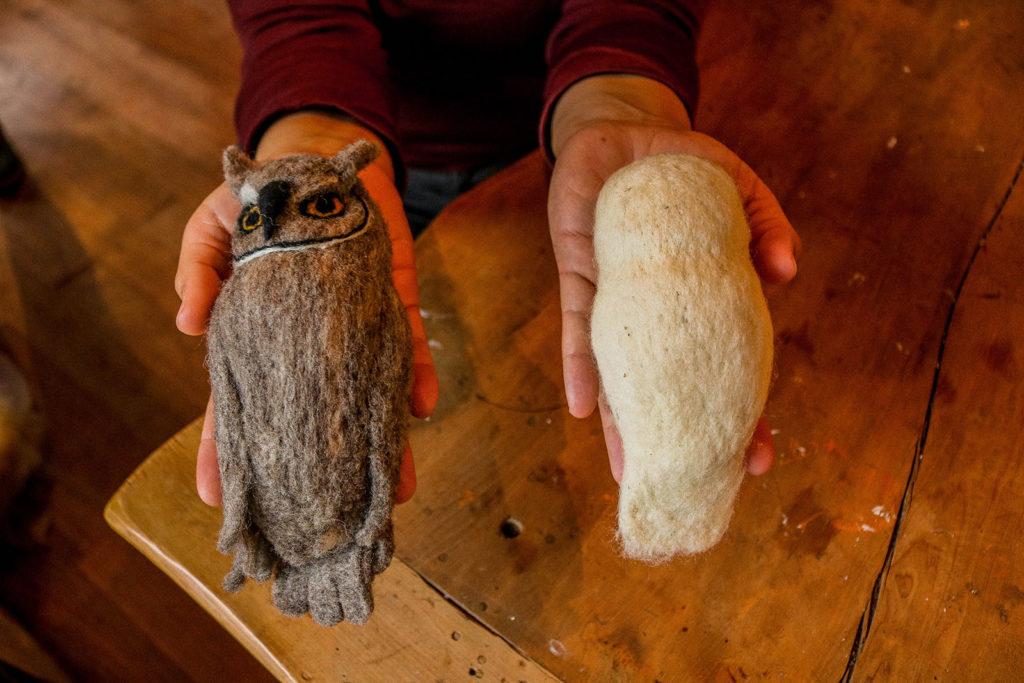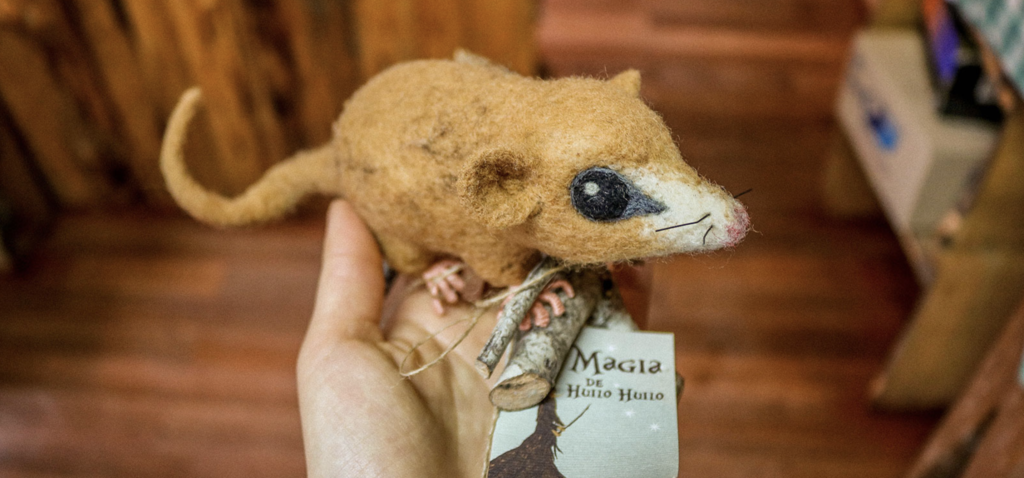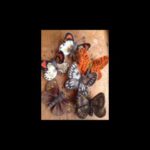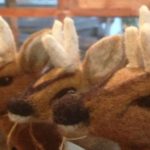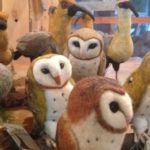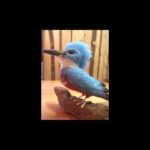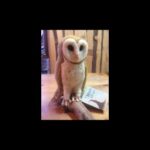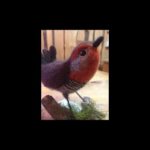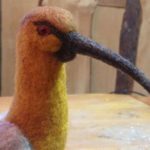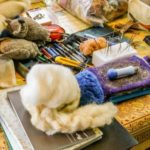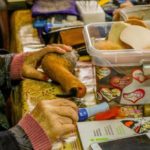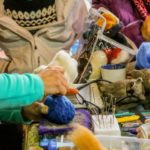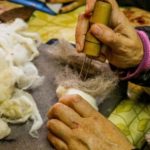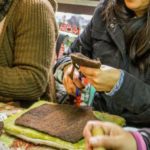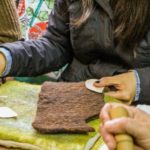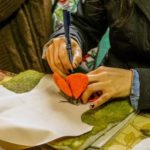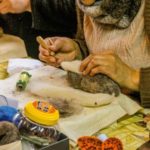Who We Are
The art of felt-making has existed for thousands of years, predating knitting and thread spinning.Here in the Huilo Huilo Biological Reserve, our group of women have refined these ancient textile techniques to create unique products that represent the diverse fauna of the area. Each figurine is carefully crafted and requires, on average, two days to complete -- each one is designed with the purpose of allowing visitors to glimpse and truly experience the magical environment surrounding the reserve.
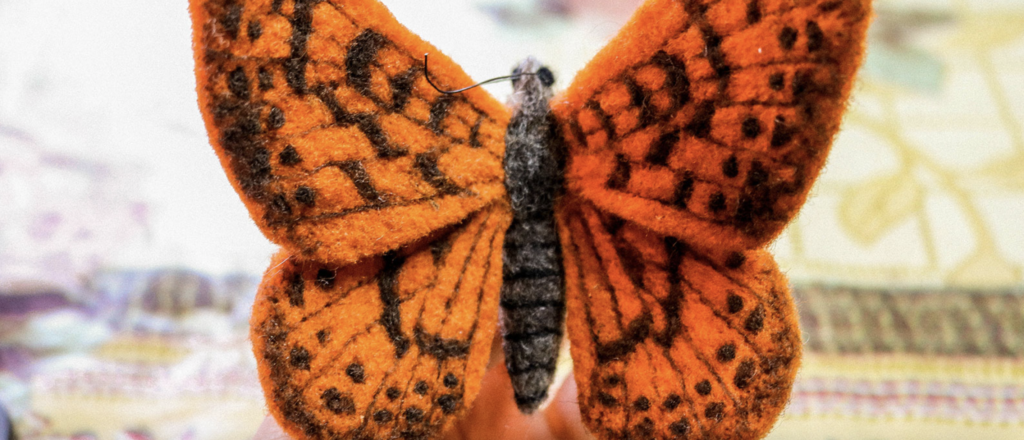
Our History
Thirteen women founded this “taller” -- or workshop -- in 2012 after discovering that unwanted sheep wool, rather than going to waste, could be used to create art. The members have changed over the years, but the people who have come and gone are from a diverse set of backgrounds. Prior to working as part of the Taller de Fieltro Relmutray, which means "Rainbow Waterfall" in Mapundungun, many women have worked from home as housewives. A few have other jobs, such as working in cosmetology, massage therapy, or in schools. The workshop complements their regular jobs. Since joining our textile workshop, each member has been able to enter the labor force, thus contributing to the local economy. Not only can we significantly contribute to our household income, but we can also now produce goods that are essential to the regional economy. Our workshop also recognizes the important role that women have in family life at different times in our lives. We range from ages 26 to 61 years old, demonstrating that women of any age can learn our relatively accessible techniques. This is not to say that every creature does not take great time and care to create, or that perfecting the craft is not a process. However, because our workshop recognizes that women are still needed at home, we are organized in a way that gives members the freedom and flexibility to both care for our families and develop our crafts.
To create the figures, we start with dry wool sheared from sheep in the area and a special needle. The textured needle tool is used to poke the wool. Wool is different from hair in that there are many sub-fibers protruding from each individual strand. As the needle is used to poke through layers of wool, the sub-fibers become interwoven with one another, meaning that neither sewing nor weaving is required. After they are interlaced, the wool becomes compressed, shrinks in size, and irreversibly turns into felt. This general process then allows us to design and create whatever we choose.
We acquire our needle tools in Santiago. However, they are imported from Germany and New Zealand. We also use many different types of wool. Unprocessed white wool acts as the fundamental core structure of the animals. After creating the general body shape, we layer colored wool on top to create details such as beaks, wings, antennae, and tails. We currently purchase already-dyed wool, but we plan to eventually dye our own wool using natural products such as roots and other plant materials found in the local forest.
What makes us true artists is the fact that our figures are inspired by animals native to the Huilo-Huilo Biological Reserve. We create our designs using reference pictures of each animal, without instructions. We use our creativity, skill, and artistry to produce a diverse group of animals including amphibians, butterflies, mammals, marsupials, and birds.
In contrast, a wet production process is used to create other wool products such as slippers and larger cloths. This technique involves first soaking and compressing wool in hot water. After it is dried, it is then manipulated into the final product. Such a process takes longer than our dry wool technique, which is used to create our animal figures.
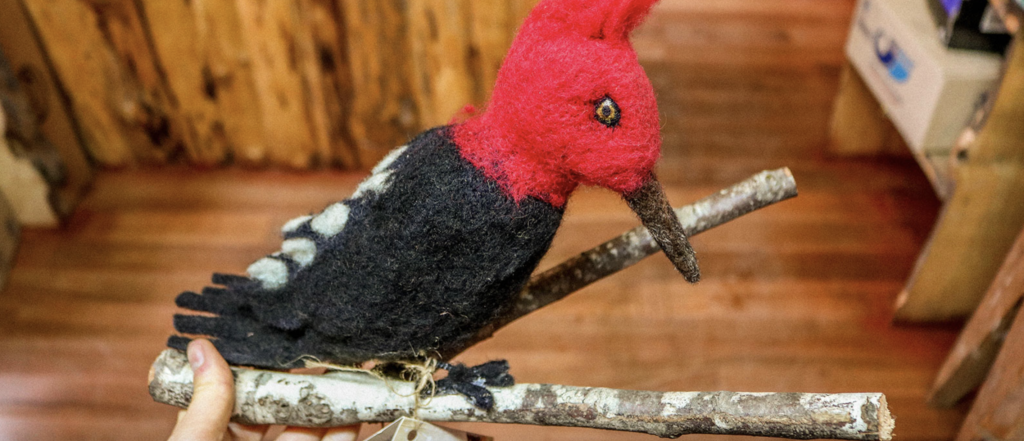
The Process Visualized
Step 1: The process begins with undyed, raw wool. Merino wool is pictured on the left, and regular wool is pictured on the right. These two wools have different textures that allow for nuanced designs.
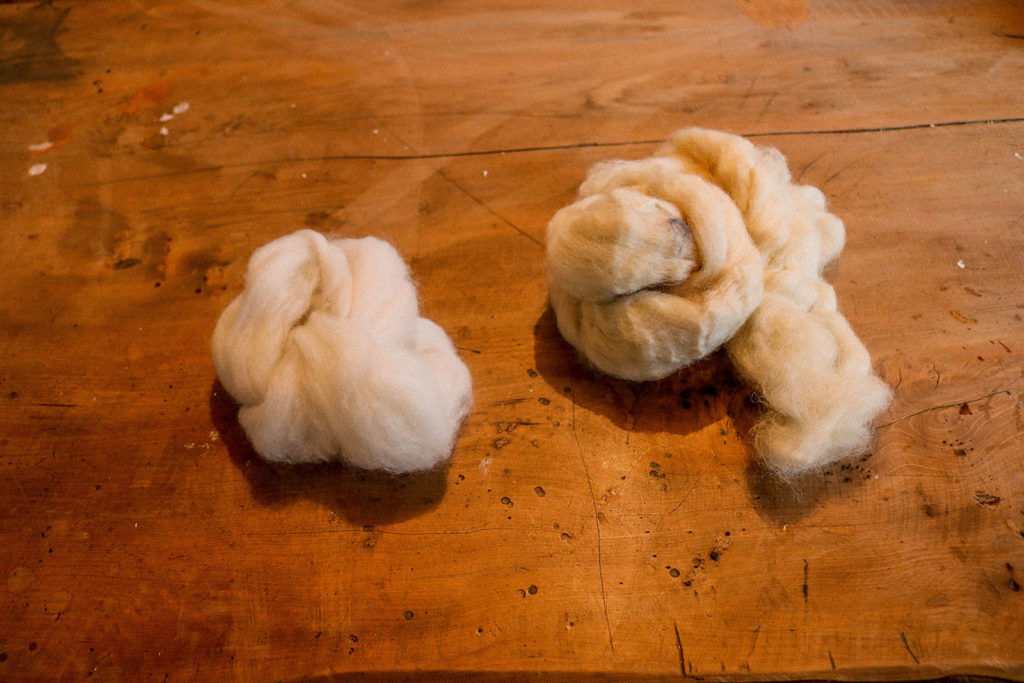
Step 2: A textured needle tool is then used to pierce the wool and interlace the sub-fibers. This begins to shape the animal.
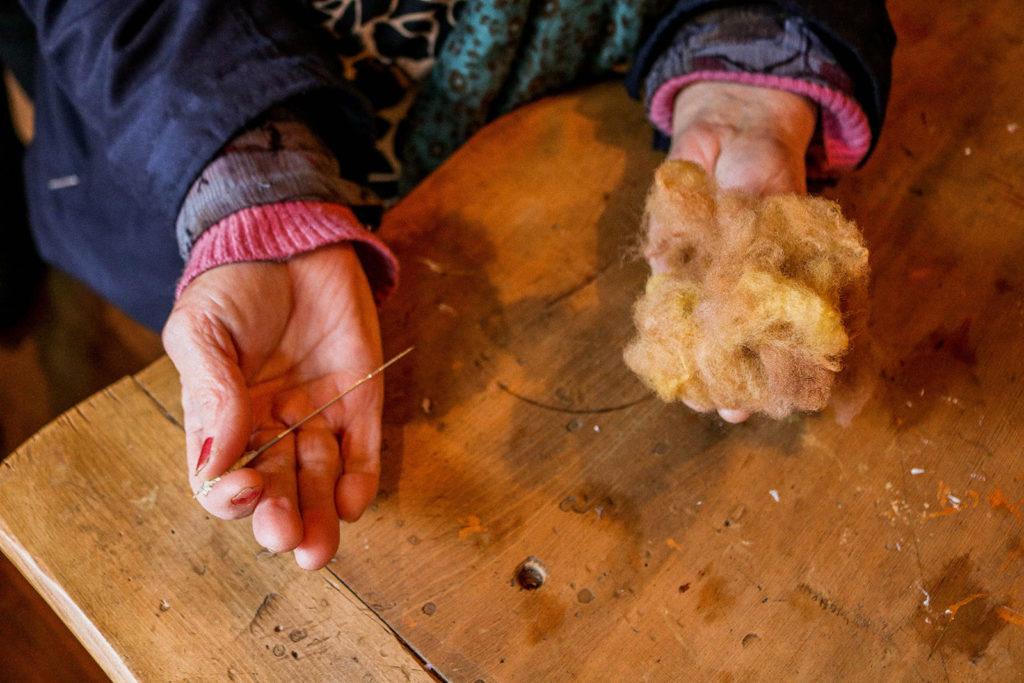
Step 3: Colored wool is then used to add detail to the bodies.
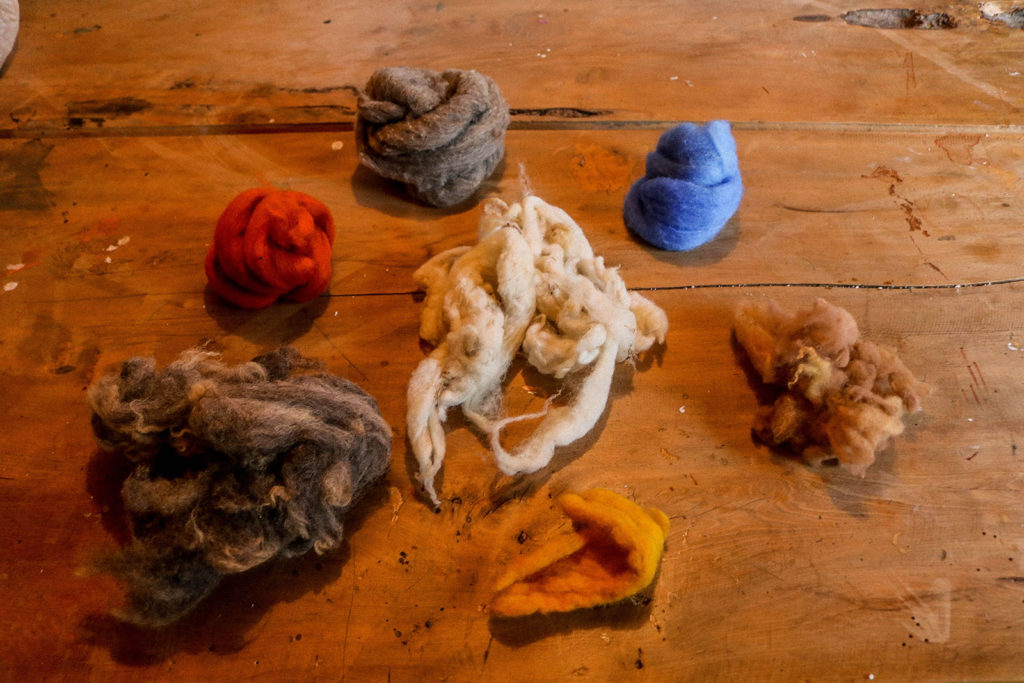
Step 4: After the appropriate layers and details are added, an animal begins to take shape. The final product and the core structure of an owl are shown.
